Wheat has been a staple part of our diet for thousands of years. It is used in a wide variety of products, the most popular one being flour. Wheat, due to its high gluten content, is best suited for making bread and other baked products. Gluten gives wheat flour its strength and elasticity, making it very suitable for baking.
However, a lot of people are allergic or intolerant to gluten, which can cause allergies or celiac disease. A wheat allergy, caused by an adverse reaction to a protein found in wheat, can cause symptoms such as chronic gastrointestinal disturbances, infections, asthma, acne, eczema, joint pains, migraines and fatigue. On the other hand, celiac is an autoimmune disease in which the body's immune system mistakes gluten as an allergen and causes symptoms such as decreased appetite, chronic diarrhea or constipation, vomiting, fatigue and irritability.
Therefore, people who suffer from a wheat allergy or celiac disease must avoid wheat in any form and follow a gluten-free diet. Fortunately, there are many wheat alternatives out there that can be easily included in your diet. These are the top 10 alternatives to wheat and wheat flour:
1. Quinoa
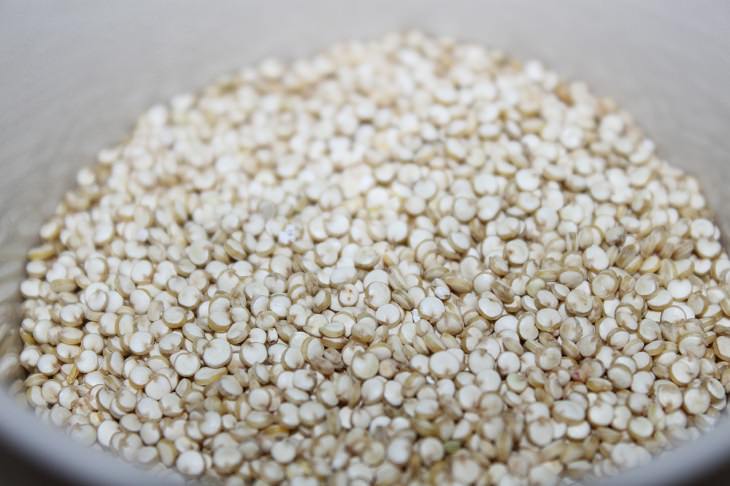
Quinoa, a pseudo-cereal, is a seed that is prepared and consumed like a grain. As it is entirely gluten-free, it can be enjoyed by those who are sensitive to gluten or wheat.
Quinoa is a complete protein source since it contains all of the essential amino acids. Other important vitamins and minerals that can be found in quinoa include phosphorus, copper, manganese, folate, iron, magnesium and zinc. Its crunchy texture and nutty flavor makes it very popular for both children and adults.
Quinoa needs to be boiled before it can be consumed, and then it can be eaten as a side dish or breakfast porridge. It can also be added to salads or soup, or ground up to make quinoa flour.
2. Buckwheat
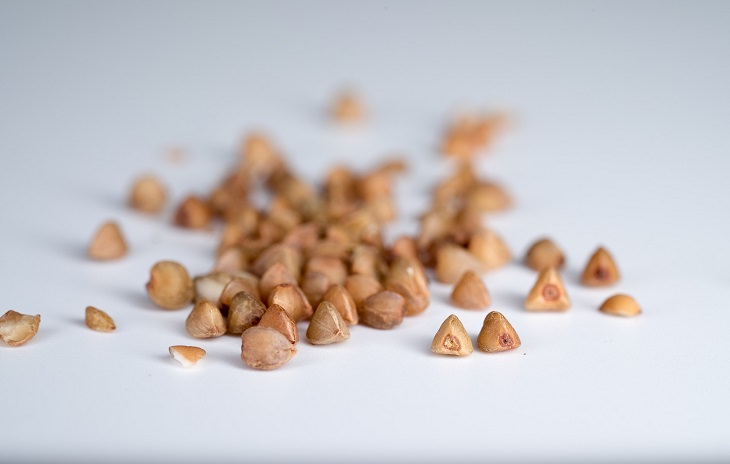
Buckwheat also has a nutty, earthy taste. As it is neither a grain nor related to wheat, it's gluten-free and can be safely consumed by those who suffer from celiac disease and gluten intolerance.
Buckwheat is high in fiber, protein, iron, zinc, magnesium, copper and phosphorus. Furthermore, it is a good source of B vitamins such as B6, pantothenic acid, niacin, folate, thiamin and choline. Since these seeds are packed full of antioxidants like tannins, rutin and catechins, they are often called superfoods.
It is so easy to include buckwheat in your diet plan and it comes in the form of groats, noodles, seeds and flour. The groats can be used to make hot or cold cereal. In noodle form, it can be used to make soups and stir-fries. In flour form, it can be used to make muffins, breads, cookies and other snacks.
3. Millet
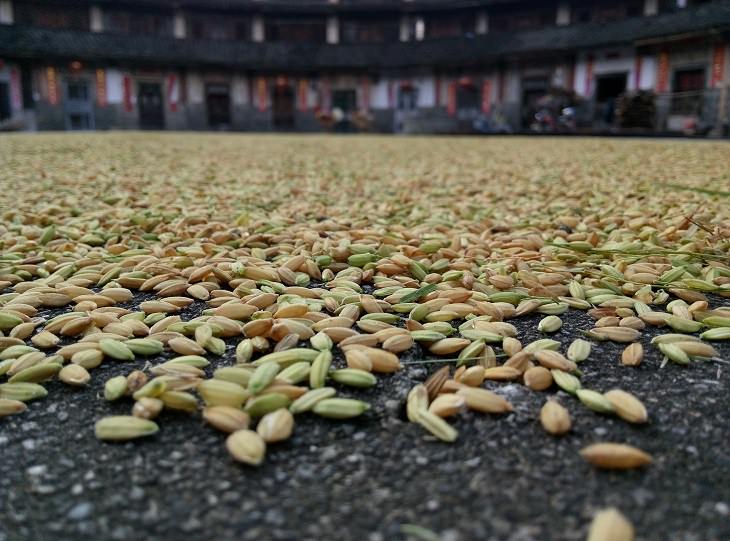
With its sweet, nutty flavor, millet is considered to be one of the most non-allergenic grains around. It is one of the few grains that are alkalizing to the body, making it easier to digest.
These gluten-free, grain-like seeds are full of magnesium, manganese, calcium, tryptophan, phosphorus, fiber and several B vitamins. They also have antioxidant powers.
You can use cooked millet to make breakfast porridge, or you can add it to salads and soups. It's brown-rice-like appearance and texture, makes it a great ingredient to use in pilafs, casseroles and the majority of Asian dishes. Ground millet can also be used in bread, muffin and biscuit recipes instead of the refined flour.
4. Amaranth
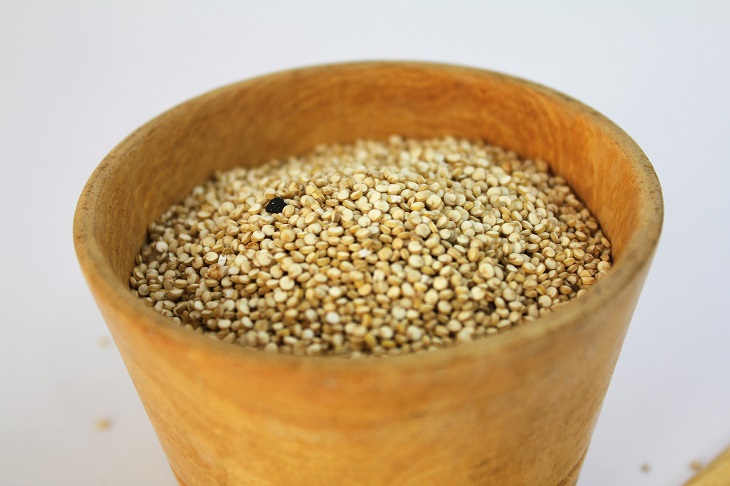
Cultivated by the Aztecs over 8,000 years ago, it became the staple food of the Aztecs and Mayans.
Amaranth is full of protein and fiber, making it filling and very beneficial to your digestive system. It is also a very good source of essential vitamins such as A,C, E, B5, K, B6, folate, niacin and riboflavin. In addition, it contains magnesium, copper, zinc, phosphorus, potassium and calcium. to add to this, it is a powerful antioxidant, anti-inflammatory and immune-boosting agent.
Its light, nutty flavor makes it great to use when making healthy snacks. Its flour can be used to thicken soups, stews, sauces and jellies.
5. Oatmeal
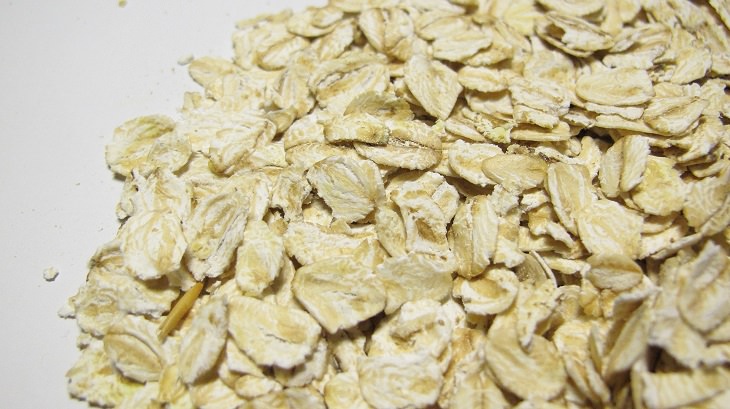
Oats are one of the most popular whole grains in the whole world, and for very good reason. They are safe for those with a gluten allergy and are a very good alternative to wheat.
Oats are full of fiber and other nutrients such as magnesium, iron, potassium, folate, selenium and even plant-based protein. They also contain a small amount of essential fats. Furthermore, they contain powerful phytonutrients and antioxidants that are good for your health.
As some oatmeal brands on the market contain traces of wheat, barley and rye, you should check the label thoroughly before buying some.
Oatmeal is usually eaten for breakfast, but it can be enjoyed at any part of the day. You can add maple syrup, honey, cinnamon, nutmeg, agave nectar or vanilla to it for added flavor and health benefits.
You can also find oat flour on the market, which has a similar nutritional value to oats. When using oat flour, remember that it needs other flours and starches to work in a recipe.
6. Cassava Flour
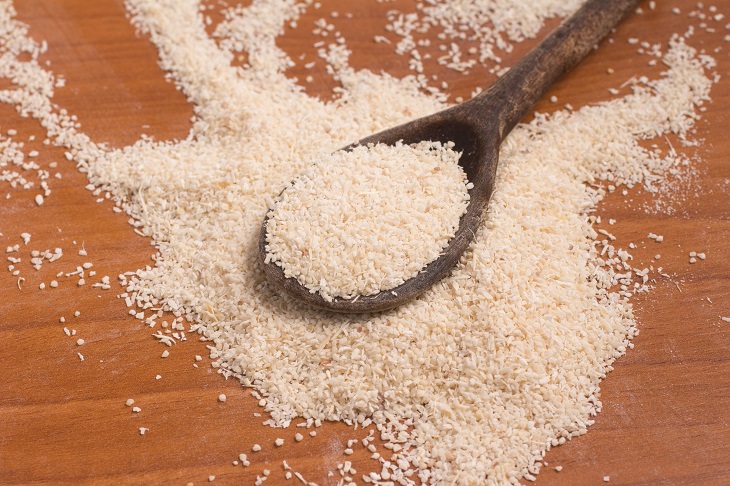
This gluten-free flour, made from cassava root, is a great replacement for wheat flour. It is made by grating and drying the fibrous cassava root.
Cassava flour is rich in protein and fiber and is full of vitamin B6, C and K, potassium, folate, manganese, thiamine, copper, magnesium, riboflavin, phosphorus, zinc and niacin.
It's nice smooth texture and mild taste makes it great to use in many different recipes. Cassava flour works as a thickener for sauces, gravy, soups and so on.
7. Coconut Flour
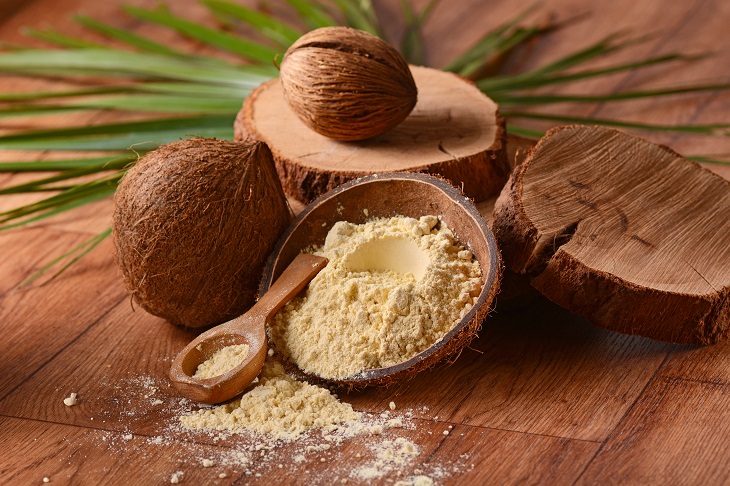
If you are looking for a very healthy substitute for refined flour to use in baking, coconut flour is a great choice.
This flour is excellent for those with celiac disease or gluten sensitivity. The flour is derived from grating the flesh of fresh coconuts, which is then dehydrated and defatted. The result is a fine powder that looks and feels similar to grain or wheat flours.
Coconut flour is rich in fiber, protein, calcium, manganese, selenium, potassium and phosphorus. It also has vitamins, including vitamin B6 and C, folate and niacin.
Furthermore, this flour has anti-inflammatory, antibacterial and antifungal properties.
coconut flour can be used in place of wheat flour in many different recipes - from breads to cookies to muffins. It can also be used to make homemade grain-free pizza.
8. Almond Flour

Almond flour is one of the best alternative to wheat flour. This flour, composed of finely ground almonds, can be used when baking cakes, biscuits, muffins, breads and so on.
Almond flour has the same benefits as a handful of almonds. This flour is gluten-free, low in carbohydrates, and high in fiber and protein. It is rich in vitamins and minerals such as iron, riboflavin, magnesium, potassium, vitamin E and calcium.
Due to its fatty acid content, it has a short shelf life. Therefore it is recommended that you grind your own almonds prior to use.
9. Brown Rice Flour
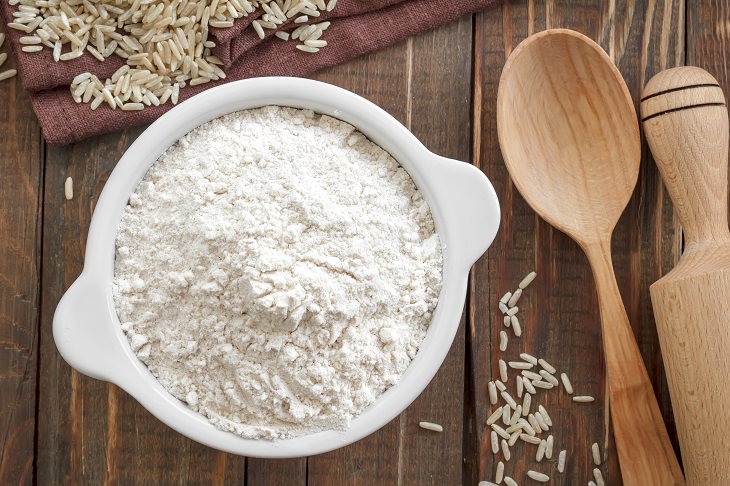
Brown rice flour is great for anyone who suffers from celiac disease. It is milled from unpolished brown rice, so it has a high nutritional value - it is a great source of fiber and healthy carbohydrates. It is also high in iron, vitamin B, protein, manganese, copper, calcium, potassium and phosphorus.
It can be used in baking cakes and cookies and works well in bread recipes. You can also use it to thicken sauces or for coating meats and fish.
10. Corn

Corn, whether eaten as corn meal or flour, is gluten-free. Both corn meal and corn flour are made using dried corn kernels.
Cornmeal and corn flour are great sources of healthy carbohydrates and fiber. They are rich in antioxidants such as lutein and zeaxanthin that are great for your eyes.
Corn flour can be made into polentas and porridges, and used as breading. You can also use it to thicken liquids and sauces. When purchasing corn meal or corn flour, check the label thoroughly and opt for organic varieties and avoid GMO corn.
There are many different alternatives to wheat and wheat flour and this includes sorghum, sorghum flour, soy flour, chickpea flour, hemp flour, chia flour, potato flour and potato starch flour.
[FunFunky]
~
1 comment:
With bistroMD you know that you will not only get delicious entrees, but that every entree and each in bistroMD's weight loss program will be balanced to bistroMD's designed nutritional platform to promote healthy weight loss.
STEP 1 - Choose one of the diet plans for 5 or 7 days of entrees.
STEP 2 - View your menu in advance and select the entrees you want for each day and week.
STEP 3 - Order your diet program.
STEP 4 - Your entrees are sent to your doorstep.
ORDER NOW - delivered to your home.
Post a Comment